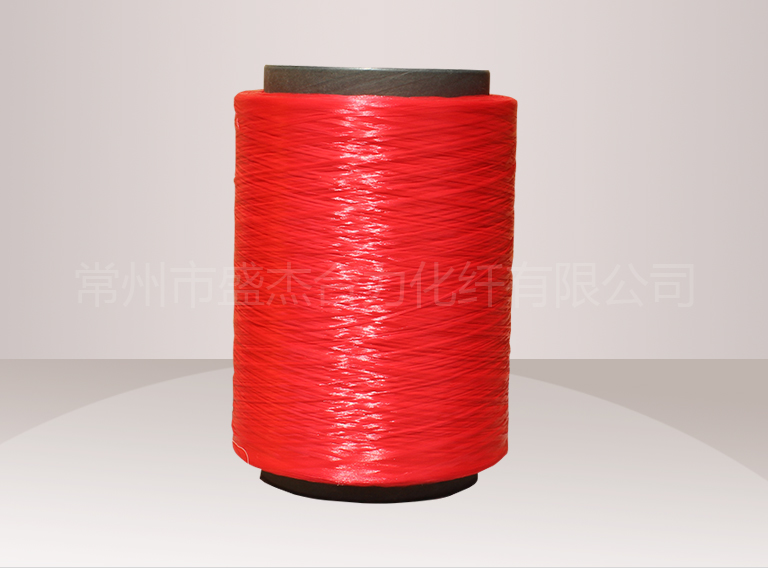- January - November 2024 Textile Industry Analysis!
- Flame retardant polyester silk do you know? Is it really flame retardant?
- Polyester flame retardant silk do you really understand?
- Textile industry Market Trends!
- Secret Polyester FDY silk: Excellent performance, wide use!
- Capacity utilization rate of China's textile industry in the first three quarters of 2024!

- Contact: Mr Li
- Tel: 0086-13861046188
- Fax: 0086-0519-83347618
- Email: sjfiber@163.com
- Add: Henan Road, Wujin District, Jiangsu City, Changzhou Huangshui town No. 89
The process of polyester flame retardant silk!
The process of polyester flame retardant silk mainly includes the following steps:
Polyester flame retardant silk raw materials preparation. First of all, it is necessary to prepare high-quality polyester raw materials and ensure that its physical and chemical properties meet the requirements. At the same time, suitable flame retardants and auxiliaries are selected to improve the flame retardancy and processing properties of polyester.
Pretreatment. The polyester raw material is cleaned and dried to remove moisture and impurities, and then mixed with flame retardants and additives to ensure uniform dispersion.
Melt mixing. The pre-treated raw materials are sent into the melting mixing equipment (such as twin-screw extruder or mixer), and the raw materials are fully melted and mixed by adjusting parameters such as temperature, speed and pressure.
Extrusion molding. The fused and mixed material is extruded through an extruder to form the desired shape and size. It is necessary to control extrusion temperature, speed and pressure.
Cooling and curing. After extrusion, the material needs to be cooled and solidified, usually by water bath or cooling roller, while controlling the cooling speed and temperature.
Cut and pack. The cooled cured product is cut and packaged for subsequent use.
Quality inspection. In the production process, it is necessary to carry out appearance inspection, physical performance testing and flame retardant performance testing to ensure that product quality meets the requirements.
Spinning, dyeing and finishing. These include the processing of chemical fiber raw materials into roving, the addition of flame retardants, further processing into textiles, the addition of anti-pressure agents and whitening agents during dyeing, and the elimination of fabric surface marks and the improvement of gloss through calendering and fuzzing.
- Flame retardant polyester silk do you know? Is it really flame retardant?
- January - November 2024 Textile Industry Analysis!
- Polyester flame retardant silk do you really understand?
- Textile industry Market Trends!
- Secret Polyester FDY silk: Excellent performance, wide use!
- Capacity utilization rate of China's textile industry in the first three quarters of 2024!
- What is the difference between polyester FDY silk and viscose FDY silk?
- The operation of the textile industry from January to October 2024!
- Detailed introduction of polyester FDY silk!
- Textile industry leads new quality productivity!



